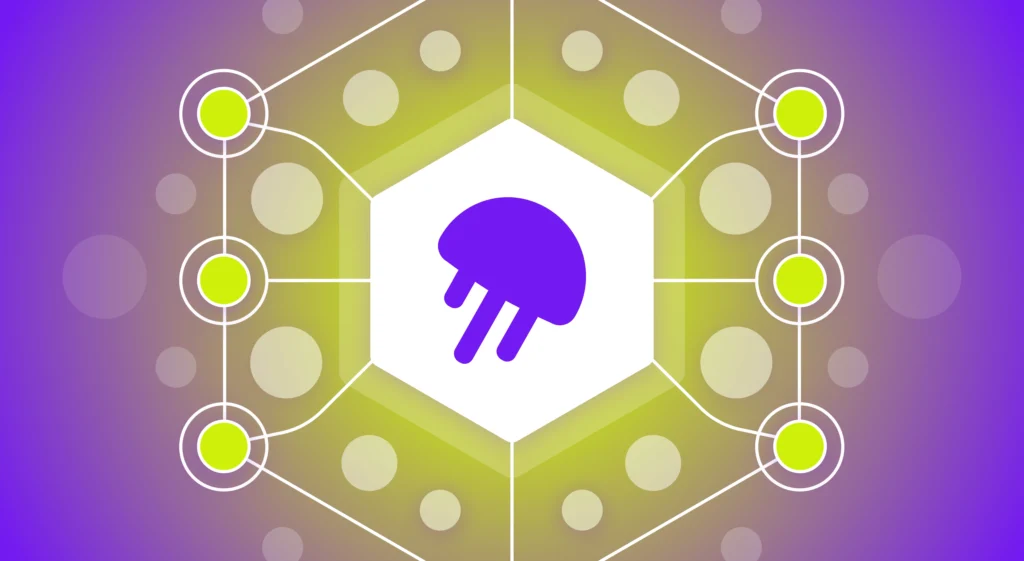Falling into the “productivity trap”—or relying exclusively on metrics, throughput, and inefficiencies—when discussing engineering operations can set your engineering teams up for failure.
Why? Because engineering operations are complex, and metrics only tell half the story. To fully understand how an engineering department is doing, you need context. For example, what may look like a prolonged delivery cycle at one company might be acceptable at another.
As a technical program manager, it’s your job to serve as a translator for executive stakeholders, turning metrics and anecdotal feedback into clear insights on where collaboration, planning, and delivery could go smoother.
Read on for four areas you can present to executive stakeholders to communicate your company’s engineering operations status more effectively.
Time to Market and Delivery Efficiency
For many executive stakeholders, it all comes down to money and costs. They want to know how quickly teams can ship deliverables, whether the team is productive, and if processes could be more efficient.
Instead of tying metrics to the nebulous concept of productivity, reframe the conversation around time to market and efficiency. Here’s how you can define each for stakeholders:
- Time to market: This tells us how fast we ship value-driving software. When discussing time to market, the goal is to identify which levers we can pull to accelerate the speed with which teams deliver value to customers.
- Delivery efficiency: This tells us whether we’re doing the most with our current resources. The goal of talking about delivery efficiency is to balance speed and throughput with quality.
Discussing time to market and delivery efficiency allows you to add more nuance to the productivity conversation with stakeholders. It also makes discussing how specific changes or investments could move the needle and drive business impact easier.
Sample talking points:
“Currently, our time to market for project X is three weeks. We can reduce our time to market by one week if we increase developer attention on this initiative to 80%.”
“For delivery efficiency, we’re XX. Although we increased our throughput, we’ve seen a rise in bugs over the past month. If we reduce our throughput slightly, we can maintain delivery efficiency without sacrificing quality and customer satisfaction.”
Process Maturity
Most likely, executive stakeholders don’t have the same instinct as you do into how efficiently things are being delivered or how well the processes or the team are working. Again, instead of using the concept of productivity as a crutch, you can frame conversations about how well processes are (or aren’t) working through the lens of process maturity. Here’s how you can define it for stakeholders:
- Process maturity: This looks at the consistency in our workflows and data hygiene. Process maturity aims to develop team process consistency and improve hygiene and visibility to minimize bottlenecks, maintain workflows, and ensure auditability.
Talking about process maturity opens the door for you to demonstrate how factors that might feel tactical to executives (such as work documentation) impact significant business priorities, such as software capitalization and reporting.
Sample talking point:
“Regarding process maturity, we still have a long way to go regarding making our data and systems audit-ready. Engineers are tracking hours manually, which makes software capitalization a heavy lift. Implementing an engineering management platform could improve our process maturity and reduce time spent on manual processes.”
Retrospective Analysis
One way to build trust with your executive stakeholders is to show them your work. When appropriate, you can present a retrospective analysis to explain to executives why you’re recommending certain planning decisions.
- Retrospective analysis: This examines whether we understand our past to inform our plans. The goal of retrospective analysis is to measure the results of past planning ceremonies and to analyze the forecasted versus final cost of a deliverable to inform planning, predictability, tracking, and achievement of goals.
In a way, talking through retrospective analysis can serve as a proxy for conversations about how “well” engineering operations are functioning.
Sample talking point:
“In our retrospective analysis of Q1, we saw an improvement in the predictability of our releases.”
Collaboration
Technical project managers know that engineer productivity and satisfaction go hand in hand. Discussing team collaboration is one way to discuss team health more concretely for executive stakeholders. Here’s how you can frame collaboration for executives:
- Collaboration: This looks at how well individuals and teams support one another. The goal of collaboration is to facilitate inter- and intra-team collaboration to sustain high code quality and limit knowledge silos.
Tying team health to code quality underscores for executives that happy teams are more productive teams. Talking about individual and team collaboration is a great place to level up more qualitative feedback from your teams or observations.
Sample talking point:
“We saw signs of increased team collaboration this quarter, as demonstrated by team members more regularly commenting on and reviewing each other’s pull requests.”
Jellyfish Is Your Executive-Translator Tool
Jellyfish’s engineering management platform (EMP) is a single source of truth for your team’s data. Here are some key features you can use to gather the information you need to tell an effective, data-driven story to executive stakeholders.
- Resource Allocations: Leverage data from across your software delivery tech stack to get the most accurate and comprehensive understanding of where your engineering teams are investing their efforts.
- Life Cycle Explorer: Track progress, identify bottlenecks, and understand the impact of changes in real-time through the lifecycle of work for improved decision-making.
- Benchmarks: See how your team’s performance stacks up against peers in your industry. Identify areas of strength and opportunities for improvement.
- Scenario Planner: Analyze tradeoffs and optimize resources across deliverables to ensure the highest priority initiatives meet delivery goals and deadlines.
- Engineering Metrics: Gauge the health and performance of your team. Metrics like cycle time, code quality, and deployment frequency can help you monitor progress and productivity while empowering your teams for success.
- Developer Experience: Uncover what your team needs for a healthier, more productive work environment through DevEx surveys paired with actionable suggestions
With Jellyfish, technical program managers can do 30% more with their teams today. Check out how Iterable uses Jellyfish today to improve engineering efficiency, alignment, and impact.







